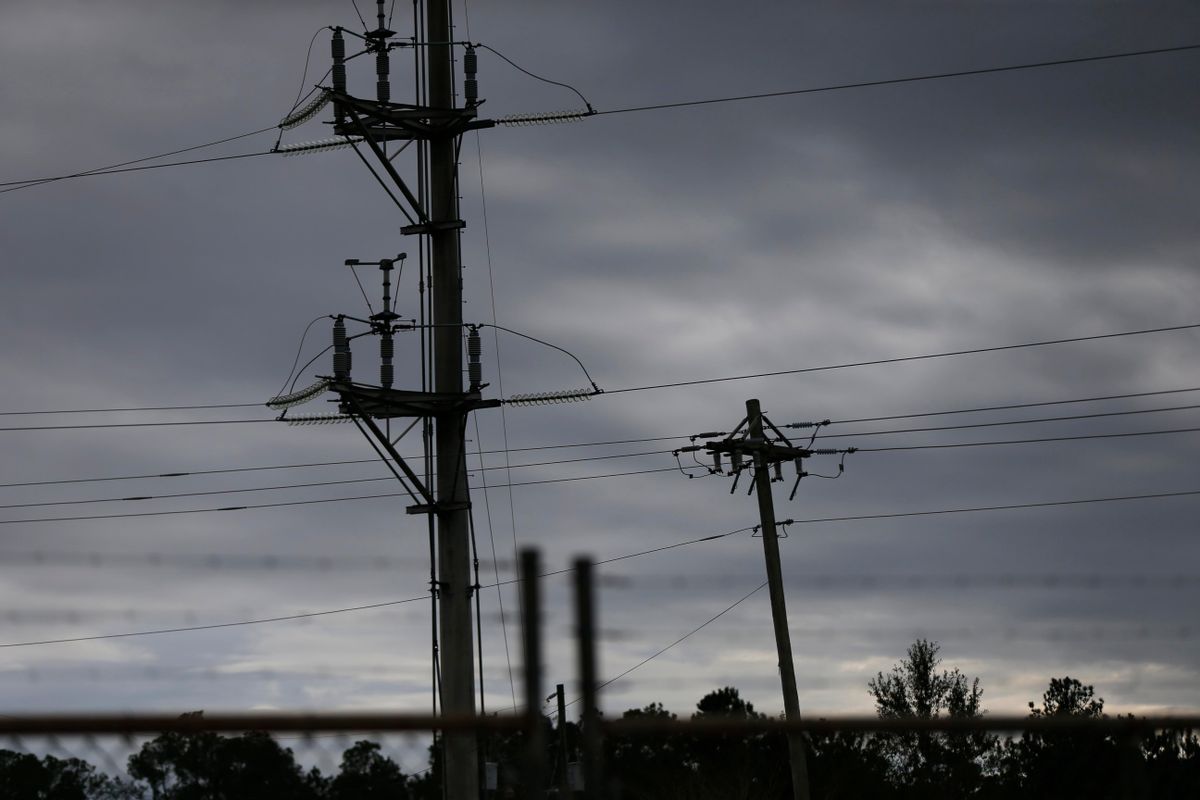 The Trump administration has an unrequited desire to privatize much of the electric grid. Billions of dollars for the idea were in the proposed federal budget earlier this year, but there has been no movement.
The Trump administration has an unrequited desire to privatize much of the electric grid. Billions of dollars for the idea were in the proposed federal budget earlier this year, but there has been no movement.
Nevertheless, discussion of bailouts for the coal, natural gas and nuclear power industries continues — even as there is talk, but no real policies emerging, regarding electricity grids as a national security concern.
The big national concern for the Trump administration is energy independence, the return of American coal and the success of American business growth.
The background here is simple: Electricity usage is increasing wildly, even while finding its diverse sources under fire from a wide variety of natural and man-made concerns.
All those smartphones and pluggable portable devices, social media, Internet-connected appliances, cars and toys are vastly increasing the need for electricity. Meanwhile, strong hurricanes and storms, colder winters, the Puerto Rico grid failures and the dangers of international cyberattacks testing the electric grids all are pointing out the weaknesses of regional and national electric systems.
The weaknesses are there whether the source is coal and natural gas at about 30% each, nuclear power at about 20% or renewable sources like solar and wind taking up the rest. Once the turbines at an electric plant start producing, electrons flow across physical wires in regional and national grids that daily share and trade electric power.
That’s why in a blackout or brownout, various regional grids actually shift power output to cover one another.
This whole conversation comes up in light of the effects of climate change — or as the Trump administration is concerned, not really. But no one can deny the ever-increasing global demands for electricity. That demand makes electric plants, grids and means of production more and more assailable.
Politically, Trump has found support in coal-producing areas and has tried to appeal to those sectors, along with natural gas production and oil over the development of renewable sources. But other than just wanting more, the administration seems to think that the answer to any issues in energy will come from privatization.
Columnist Michael Hiltzik has written a lot about power concerns in The Los Angeles Times. In February, he wrote about “the proposal to privatize the government-owned Bonneville Power Administration, which owns about three-quarters of the high-voltage electric transmission lines in a region that includes California, Washington state and Oregon, serving more than 13.5 million customers.
“By one authoritative estimate, any such sale would drive up the cost of transmission by 26%-44%.”
That proposal faded, but the consideration of similar privatization concerns continue along with trying to turn American energy dollars back to coal and natural gas.
Trump has approached energy and electricity primarily as a function of business cost and overregulation. Earlier this year in a meeting on trade, Trump said, “Because of what we’ve done, our energy prices are going so low, our electric costs are going so low, that other countries aren’t going to be able to compete with us. We’re really doing a great job of bringing them down. And a lot of that had to do with the tax cuts, but it has to do with lots of other things, too.”
Actually, according to Fact Check, the price of electricity rose during Trump’s first year. Fact Check reported the average monthly retail price of electricity for the industrial sector — which would include manufacturers — was 6.58 cents per kilowatt-hour in January 2017, and 6.79 cents per kWh in November — an increase of a little more than 3%, according to the most recent data from the Energy Information Administration.
Nevertheless, price is not a strategy.
An industry newsletter notes, for example, that the various White House infrastructure plans discussed general investments in roads, rail, water supply, hydropower and education. “When it comes to any spending on the electric transmission and distribution system, however, the silence may be deafening . . . and actually advocates selling off several large electric transmission assets the federal government does own. Those proposed saleable assets include the transmission systems for the Western Power Administration, Tennessee Valley Authority, Southwestern Power Administration and Bonneville Power Administration.”
Meanwhile, cyberattacks against electric power plants continue to create concern. NPR reported that the government informed electric companies last summer that Russia undertook what the Department of Homeland Security calls a “multistage intrusion campaign” against the utilities, using common hacking techniques such as malware and spear-phishing. The hackers were able to gain access to at least one power plant’s control system.
The response generally seems to be more private effort rather than direct government actions. Axios reported that Trump is directing his administration to prop up financially struggling coal and nuclear power plants to ensure the electricity grid is resilient and reliable. The general argument here is that solar- and wind-generated energy is less “resilient” because of variability in the weather.
In short, the administration’s policies are pretty consistent with its support for coal and natural gas over renewable sources, and in viewing the whole issue as a matter of business pricing.
Think of it as you plug in your portable charger.

Shares